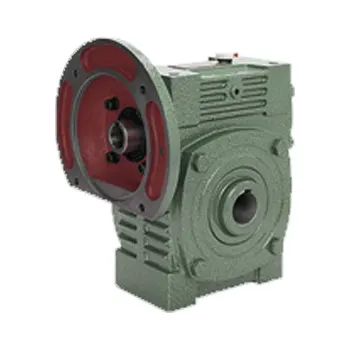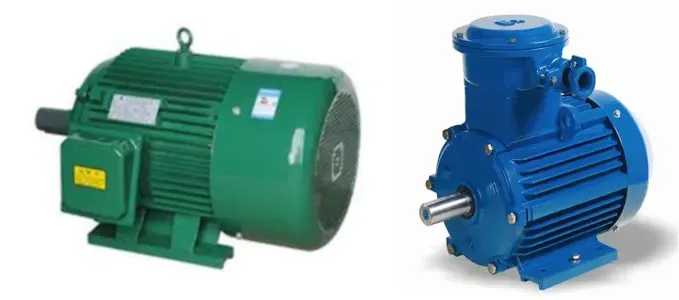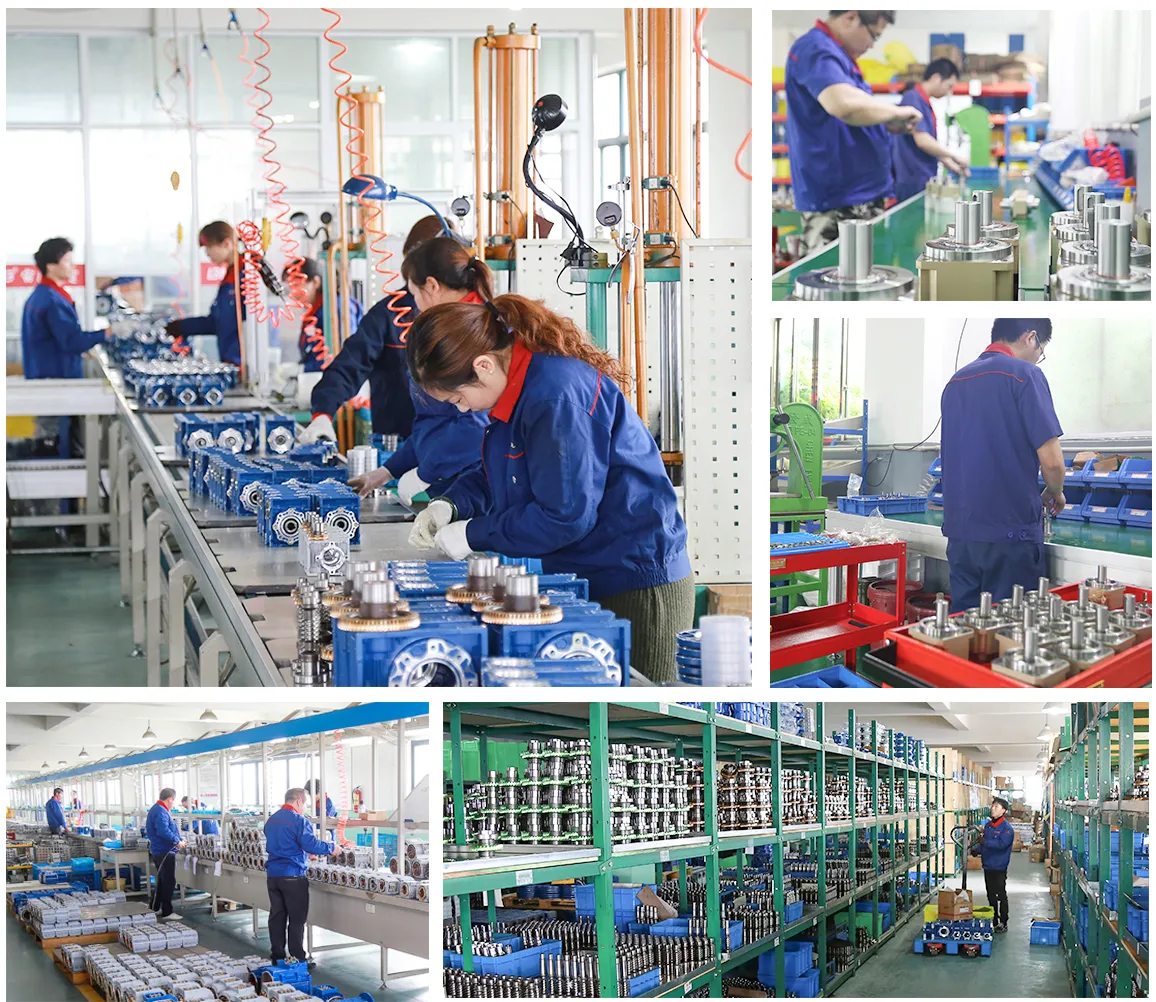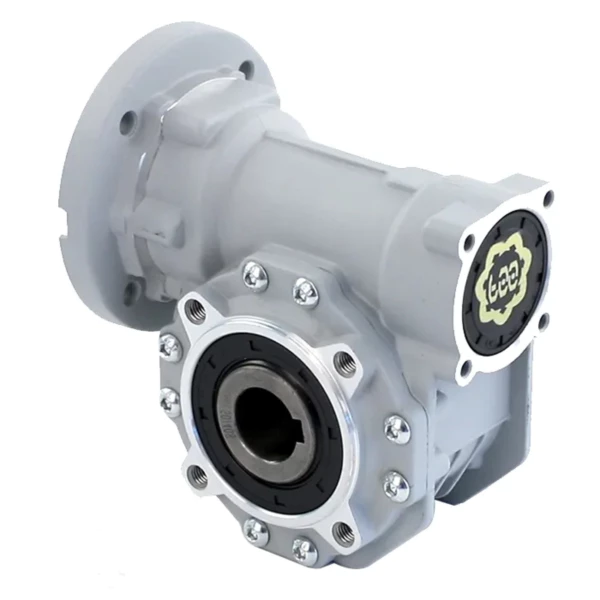Worm Gearbox for Conveyor Systems
In the realm of industrial machinery, the role of a Worm Gearbox cannot be overstated. This crucial component acts as the backbone of many mechanical applications, including Conveyor Systems. This article aims to delve deep into the understanding of Worm Gearboxes, their structure, functioning, and specific application in Conveyor Systems.
Understanding the Basics: What is a Worm Gearbox?
A Worm Gearbox, also known as a worm drive, is a type of gear system that consists of a worm (a gear in the shape of a screw) and a worm gear (similar to a spur gear). The worm can easily turn the gear, but the gear cannot turn the worm, creating a locking mechanism. The primary function of a worm gearbox is to transfer rotational motion and power, reduce speed, and increase torque.

The Importance of Worm Gearbox in Industrial and Mechanical Applications
Worm gearboxes play a vital role in various industrial and mechanical applications. They offer a compact solution to achieve high torque and low speed with high durability. Moreover, the unique locking feature of the worm gearbox prevents back-driving, making it ideal for use in conveyor systems, lifts, and other machinery that require safety brakes.
The Working Principle of a Worm Gear Reducer in Conveyor Systems
At the heart of the worm gearbox is the engagement between the worm and the worm gear. The worm’s helical thread engages with the teeth of the worm gear, creating a series of sliding contacts. As the worm turns, it pushes against the gear, causing the gear to rotate. This rotational movement is then transferred to the conveyor system, driving the movement of the conveyor belt.
Basic Structure and Components of a Worm Gearbox
The worm gearbox consists of several key components:
-
The Worm:
This is the driving component, typically made of hardened steel. It has one or more helical threads (worms) that engage with the teeth of the worm gear.
-
The Worm Gear:
This is the driven component, typically made of bronze or other soft metals. The worm gear has teeth that are designed to mesh with the worm’s threads.
-
The Input Shaft:
This is the component that connects the worm gearbox to the power source. The torque from the power source is transferred to the worm through the input shaft.
-
The Output Shaft:
This is the component that connects the worm gearbox to the load (e.g., the conveyor system). The torque from the worm gear is transferred to the load through the output shaft.
Why is a Worm Gearbox Suitable for Conveyor Systems?
Here are some reasons why worm gearboxes are an excellent choice for conveyor systems:
-
High Torque, Low Speed:
Conveyor systems require high torque and low speed, which is precisely what a worm gearbox provides.
-
Compact Design:
Worm gearboxes have a compact and simple design, making them easy to integrate into conveyor systems.
-
No Back-driving:
The unique locking feature of the worm gearbox prevents back-driving, making it ideal for conveyor systems that require safety brakes.
-
Durability:
Worm gearboxes are known for their durability and longevity, making them a cost-effective solution for conveyor systems.
-
Smooth and Quiet Operation:
Worm gearboxes operate smoothly and quietly, which is beneficial in a conveyor system that runs continuously for long periods.
Characteristics and Advantages of Worm Gear Motor
A Worm Gear Motor, an integral part of a worm gearbox, offers several benefits:

-
High Efficiency:
Worm gear motors are highly efficient, providing excellent torque and speed reduction capabilities.
-
Compact Design:
The compact design of worm gear motors makes them an excellent choice for space-constrained applications.
-
Durability:
Worm gear motors are known for their durability and longevity, reducing maintenance costs and downtime.
-
Versatility:
Worm gear motors can be used in a wide range of applications, from conveyor systems to lifts and cranes.
-
Cost-Effectiveness:
Due to their durability and efficiency, worm gear motors offer excellent cost-effectiveness over the long term.
How to Choose the Right Worm Reducer for Your Conveyor System?
Choosing the right worm reducer for your conveyor system requires careful consideration of several factors:
-
Load Requirements:
Consider the torque and speed requirements of your conveyor system. The worm reducer should be able to meet these requirements.
-
Size Constraints:
Consider the space available for the worm reducer. The worm reducer should fit into the available space without compromising its performance.
-
Durability:
Consider the expected lifespan of the worm reducer. Choose a worm reducer that is known for its durability and longevity.
-
Cost:
Consider the cost of the worm reducer. While initial cost is important, also consider the long-term cost, including maintenance and replacement costs.
-
Supplier Reputation:
Consider the reputation of the supplier. Choose a supplier known for its quality products and excellent customer service.
Motors for Worm Gear Reducers
The worm gear motor is the powerhouse of the worm gearbox, providing the necessary power to drive the system. We also offer electric motors that work seamlessly with our worm gearboxes. Their reliability and efficiency complement our worm gearboxes, making them an ideal choice for your conveyor system.

About Our Company
We are a comprehensive transmission equipment manufacturer with over 15 years of experience. Our products, including the MRV series worm gear reducer, are widely used in various industries and have won the praise of customers from Europe, America, Africa, and Asia. We offer high-quality products, excellent service, and competitive prices.

We encourage you to explore our worm gearboxes and contact us for your purchase needs. We look forward to serving you!
Q&A
Q1: What is the main function of a worm gearbox?
A: The main function of a worm gearbox is to transfer rotational motion and power, reduce speed, and increase torque.
Q2: Why is a worm gearbox suitable for conveyor systems?
A: A worm gearbox is suitable for conveyor systems due to its high torque and low speed capabilities, compact design, durability, and the ability to prevent back-driving.
Q3: How to choose the right worm reducer for a conveyor system?

A: Choosing the right worm reducer for a conveyor system requires consideration of load requirements, size constraints, durability, cost, and supplier reputation.
Edited by Zqq.
